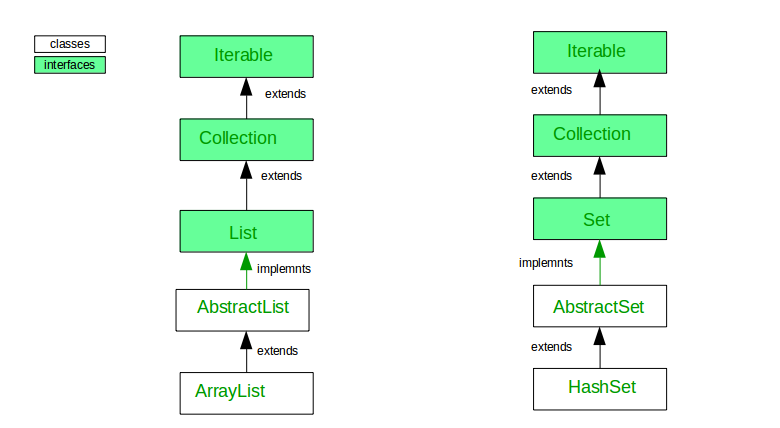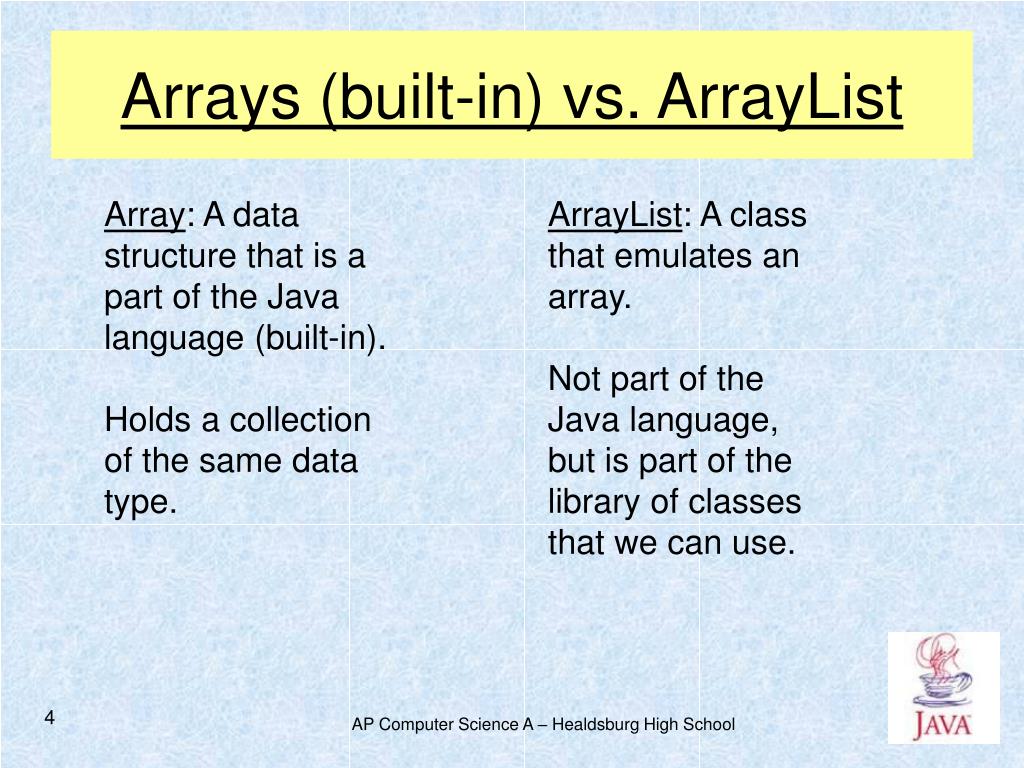

The traditional loop allows you to iterate until you reach the last element.
#CSHARP ARRAY VS ARRAYLIST VS. LIST HOW TO#
How to iterate through Java List? This tutorial demonstrates the use of ArrayList, Iterator and a List.jQuery.each() JSON Example P40 lite updates element to element.An array features numeric indices, so we obtain numbers starting from 0 and going up to N-1, where N is the number of elements in the array.

an array/collection without explicitly expressing how one goes from.
#CSHARP ARRAY VS ARRAYLIST VS. LIST CODE#
simplify code by presenting for-loops that visit each element of. each() method: The enhanced for-loop is a popular feature introduced with the Java SE. Note: most jQuery methods that return a jQuery object also loop through the set of elements in the jQuery collection - a process known as implicit iteration.When this occurs, it is often unnecessary to explicitly iterate with the. You can stop the loop from within the callback function by returning false.

If I have to remove elements while iterating than using Iterator or ListIterator is the best solution.Ī message is thus logged for each item in the list: 0: foo 1: bar.

I prefer advanced for loop added in Java 1.5 along with Autoboxing, Java Enum, Generics, Varargs and static import, also known as foreach loop if I have to just iterate over Array List in Java. Since I'm a Java developer, I present to the world Five Ways to Loop Through An Array in Java. Looping through an array is often called iterating through or iterating over the array. (the last index is the size of the array list - 1) for (int i = 0 i < myArrayList.size () i++) One of the benefits of an array is the ability to loop through each element and process some sort of work on the element. will iterate through each index of the array list // using the size of the array list as the max. Following, the three common methods for iterating through a Collection are presented, first using a while loop, then a for loop, and finally a for-each loop.java by GitMoney on Donate Comment. It is only available since Java 5 so you can't use it if you are restrained to Java 1.4 or earlier. It doesn't require an Iterator and is thus more compact and probably more efficient.


 0 kommentar(er)
0 kommentar(er)
